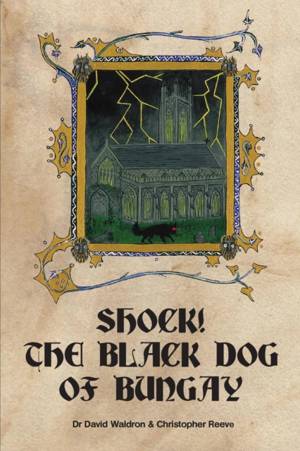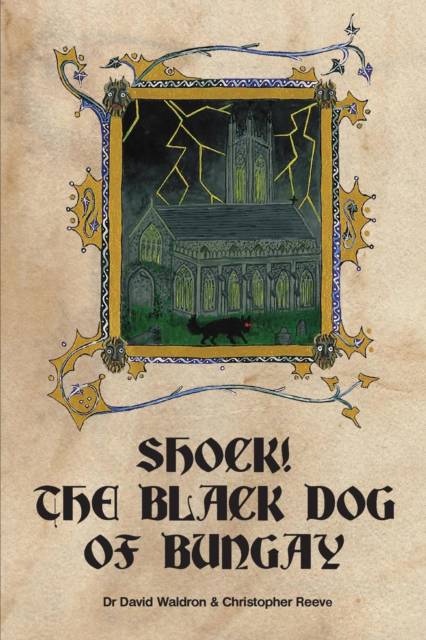
- Afhalen na 1 uur in een winkel met voorraad
- Gratis thuislevering in België vanaf € 30
- Ruim aanbod met 7 miljoen producten
- Afhalen na 1 uur in een winkel met voorraad
- Gratis thuislevering in België vanaf € 30
- Ruim aanbod met 7 miljoen producten
Zoeken
Shock! the Black Dog of Bungay
A Case Study in Local Folklore
David Waldron, Christopher Reeve
Paperback | Engels
€ 23,45
+ 46 punten
Omschrijving
The tale of the Black Dog of Bungay and the infamous attack on the church of St Marys in 1577, has inspired and fascinated residents and visitors to the town for centuries along with tales of Black Shuck the Ghostly Dog of Norfolk. To this day sightings of the Black Dog are common through the region and form an integral part of local folklore and myth. At the same time, the history of the legend itself tells its own tale of the town of Bungay and how the community has responded to crisis through local folklore and myth. This book, a collaborative effort between local historian Christopher Reeve and historian and anthropologist Dr David Waldron, traces the rise of this story from its origins in the trauma of the English Reformation to the contemporary era where it has become a central part of Bungay's communal and civic identity and a colourful and intriguing aspect of local folklore.
Specificaties
Betrokkenen
- Auteur(s):
- Uitgeverij:
Inhoud
- Aantal bladzijden:
- 144
- Taal:
- Engels
Eigenschappen
- Productcode (EAN):
- 9780955523779
- Verschijningsdatum:
- 28/02/2010
- Uitvoering:
- Paperback
- Formaat:
- Trade paperback (VS)
- Afmetingen:
- 152 mm x 229 mm
- Gewicht:
- 199 g

Alleen bij Standaard Boekhandel
+ 46 punten op je klantenkaart van Standaard Boekhandel
Beoordelingen
We publiceren alleen reviews die voldoen aan de voorwaarden voor reviews. Bekijk onze voorwaarden voor reviews.











